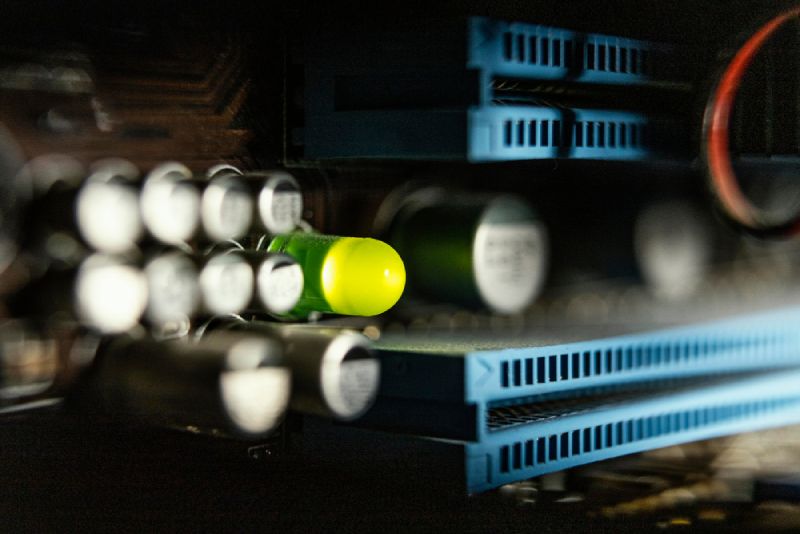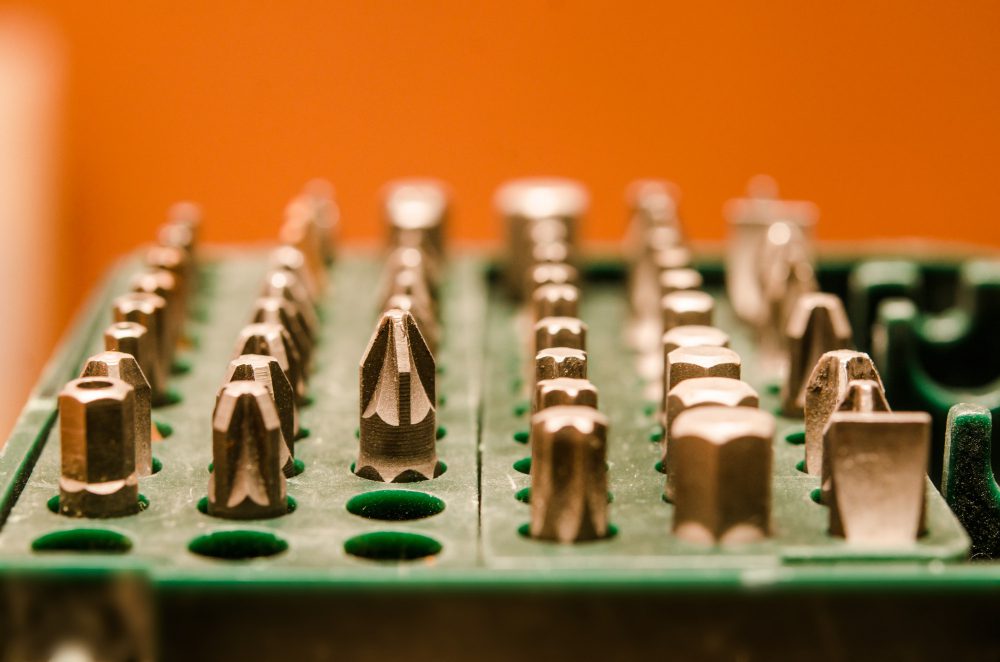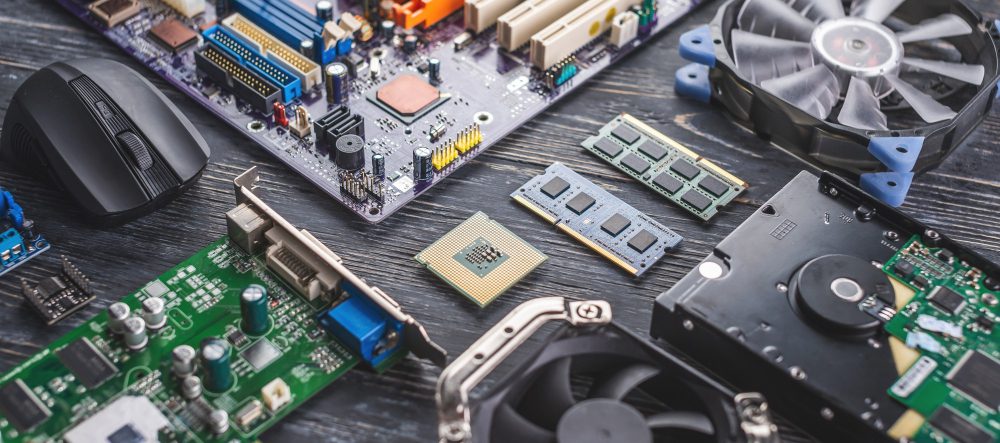How to Choose a Motherboard for a NAS Server
If you are planning on building your own Network Attached Storage (NAS) server, then the motherboard you choose for it is a crucial component. The motherboard is what connects all the other components together and determines what features and capabilities your NAS server will have. In this article, we will discuss how to choose a motherboard for a NAS server.
Determine the Form Factor
The first thing you need to do when choosing a motherboard for a NAS server is to determine the form factor. The form factor determines the physical size and layout of the motherboard, which in turn determines what kind of case you will need for your NAS server. The most common form factors for NAS servers are ATX, Micro-ATX, and Mini-ITX.
ATX: ATX motherboards are the standard size for desktop computers, measuring 12 x 9.6 inches. They offer the most expansion slots, but require a larger case and power supply.
Micro-ATX: Micro-ATX motherboards are smaller than ATX, measuring 9.6 x 9.6 inches. They offer fewer expansion slots, but require a smaller case and power supply.
Mini-ITX: Mini-ITX motherboards are the smallest form factor, measuring just 6.7 x 6.7 inches. They offer the fewest expansion slots, but require the smallest case and power supply.
Consider the Processor Support
The next thing you need to consider when choosing a motherboard for a NAS server is the processor support. The motherboard you choose must be compatible with the processor you plan on using. There are two main processors to choose from: Intel and AMD.
Intel: Intel processors are generally considered to be the best choice for NAS servers because they offer great performance and low power consumption. When choosing an Intel motherboard, look for one that is compatible with the latest Intel processors, such as the Core i5 or i7.
AMD: AMD processors are also a good choice for NAS servers, especially if you are on a tight budget. When choosing an AMD motherboard, look for one that is compatible with the latest AMD processors, such as the Ryzen series.
Look for SATA Ports
The next thing you need to look for when choosing a motherboard for a NAS server is SATA ports. SATA ports are what you will use to connect your hard drives or SSDs to your motherboard. Make sure the motherboard you choose has enough SATA ports for the number of drives you plan on using.
Consider the Network Connectivity
One of the most important aspects of a NAS server is its network connectivity. Look for a motherboard that has at least one Ethernet port, but preferably two or more. You may also want to consider a motherboard that has built-in Wi-Fi connectivity, although this is not essential.
Consider the Number of Expansion Slots
The number of expansion slots on your motherboard will determine what other components you can add to your NAS server. Look for a motherboard that has enough expansion slots for your needs. For example, if you plan on using a RAID controller card, make sure there is an available PCIe slot.
Build a NAS vs Buy a NAS
Conclusion
Choosing the right motherboard for your NAS server is essential to ensure that it has the right features and capabilities for your needs. By considering the form factor, processor support, SATA ports, network connectivity, and expansion slots, you can ensure that you choose the right motherboard for your NAS server.



